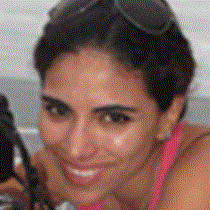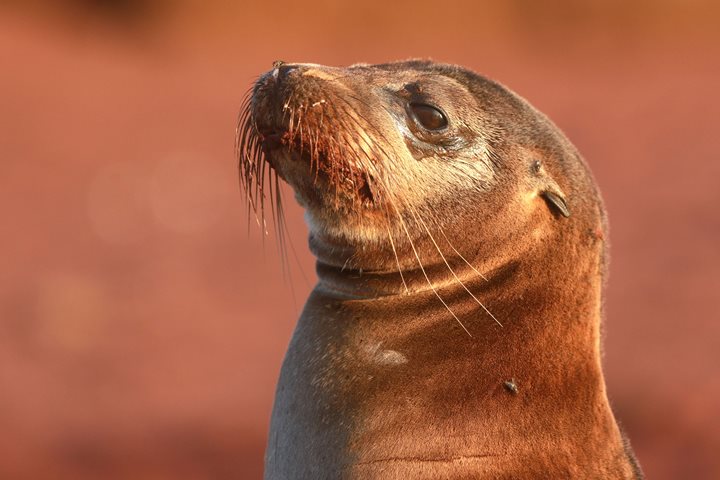Today we visited the two youngest islands of the archipelago. We explored Bolivar Canal, which separates the islands of Fernandina and Isabela. This canal is home of many species: the largest marine iguanas of the archipelago, the two flightless birds in Galapagos, sea lions and fur seals, sea turtles, dolphins many more. The western side of the Galapagos is always a surprise; the cold waters bring lot nutrients, making of this area a unique visit for us.
- Daily Expedition Reports
- 13 Dec 2016
Isabela & Fernandina Islands, 12/13/2016, National Geographic Islander
- Aboard the National Geographic Islander
- Galápagos
Aura Banda Cruz, Naturalist/Certified Photo Instructor
Aura’s connection with the islands dates generations as her grandparents had moved to the Galápagos in the 1930s. Her mother was born on Floreana Island and Aura fondly remembers childhood memories of family visits during summer vacations. Who knew t...
Read MoreMark Clement, Videographer
Mark Clement grew up in the foothills of the Adirondack Mountains in Upstate New York, where he developed a deep appreciation for wild places at a young age. Now living in the Green Mountains of Vermont, he has made a career out of capturing the beau...
Read MoreShare Report
Related Reports
11/23/2022
Read
National Geographic Islander II
Isabela and Fernandina
Our day began with the chance to point out a lot of interesting geological features as we enjoyed Zodiac tours along a massive flank of Ecuador Volcano on Punta Vicente Roca. In the afternoon, we took a sunny walk on Punta Espinoza on Fernandina Island. We spotted many iguanas, and a bunch of sea lions hanging around, too.
11/22/2022
Read
National Geographic Islander II
North Seymour & Rabida Islands
Relatively small and low compared to neighboring Santa Cruz, North Seymour is located to the north of Baltra. The island is dry with predominantly low shrubs, like prickly pear cacti. The incense trees are bare during the dry season. Seabirds like frigatebirds and blue-footed boobies nest on the island, and sea lions rest on the sand when they are not fishing. Land and marine iguanas also live here. Rabida is in the middle of the archipelago and has a striking red sand beach. We observed a small colony of sea lions of all ages resting or nursing. Behind the beach, American flamingos nest in a brackish lagoon. This island is full of contrasts and wildlife that we enjoyed observing during this day of expedition.









